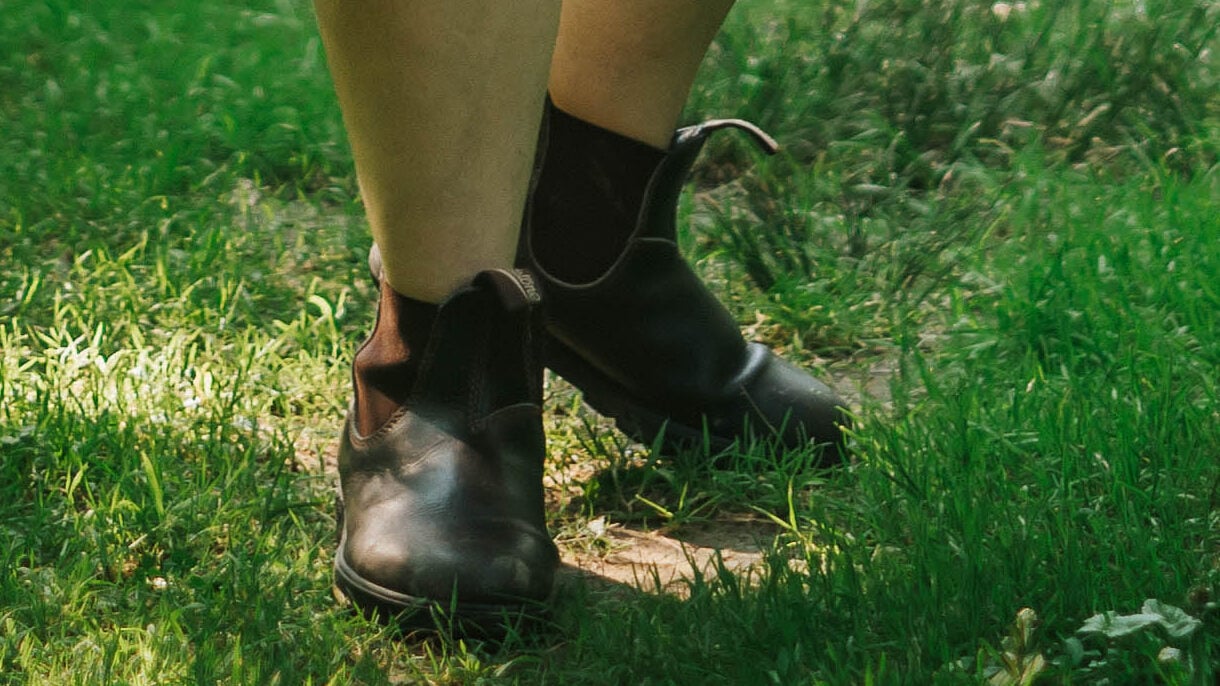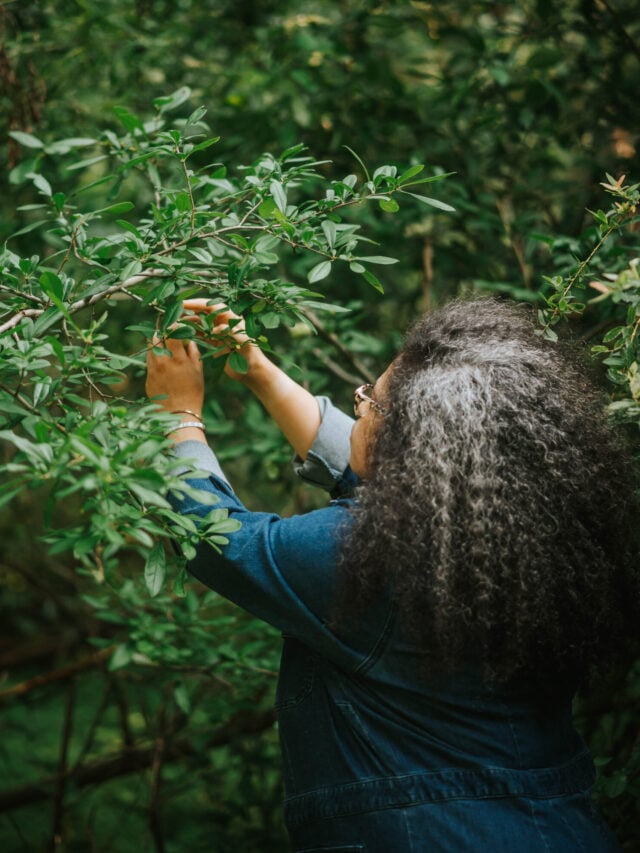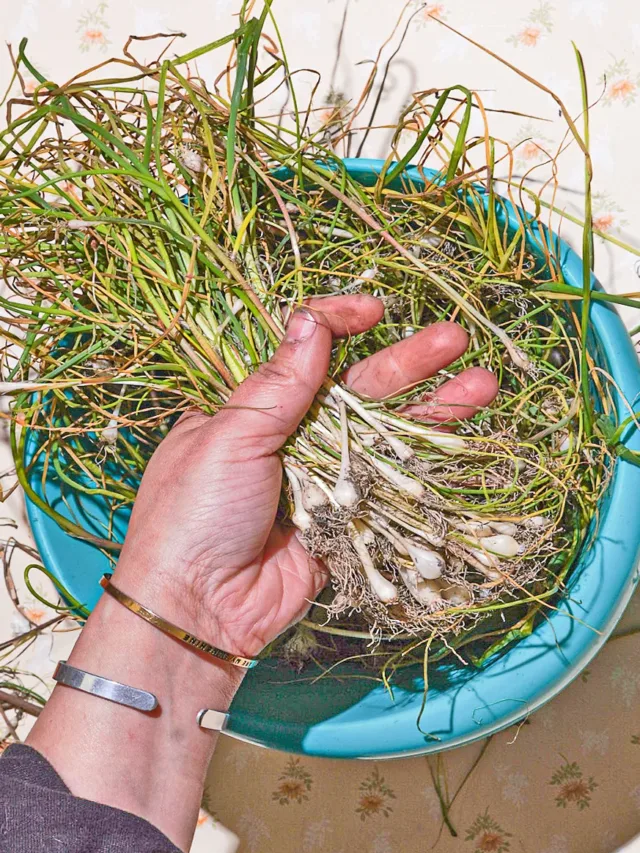Coastal foraging offers a unique opportunity to explore the bountiful resources that the ocean and shoreline have to offer. To make the most of your coastal foraging experience, it's important to have the right tools at your disposal.

In this article, we'll introduce you to two essential tools for coastal foraging: baskets and tide tables.
Baskets
Baskets are a versatile and practical tool for coastal foragers. They provide a convenient and sustainable way to collect and carry your foraged treasures. When selecting a basket for coastal foraging, opt for one made from a waterproof material or with a lining to protect your finds from moisture. Choose a basket with a handle or shoulder strap for easy transport along the shoreline. Baskets made from materials like wicker or seagrass can also add a touch of eco-friendliness to your coastal foraging adventures.
Tide Tables
Understanding the tides is crucial for successful coastal foraging. Tide tables, also known as tide charts or calendars, provide valuable information about the timing and height of high and low tides in your area. These tables help you plan your foraging trips by indicating when the tide is low enough to explore rocky shores and tide pools and gather coastal edibles. Tide tables can be found online, in local guidebooks, or at visitor centers. It's important to familiarize yourself with the specific tide patterns of your chosen coastal area, as they can vary from location to location.
Additional Considerations for Coastal Foraging

In addition to baskets and tide tables, there are a few other tools and considerations to keep in mind for safe and responsible coastal foraging. These include:
- A sturdy pair of waterproof shoes or boots to protect your feet from sharp rocks, shells, or other hazards.
- Gloves for handling potentially sharp or prickly coastal plants and for protection when gathering shellfish.
- A small knife or scissors for safely harvesting seaweed, cutting fishing lines, or collecting other coastal edibles.
- Knowledge of local regulations, restrictions, and best practices for coastal foraging, especially regarding protected species or fragile ecosystems.
By equipping yourself with baskets for collecting your coastal finds and consulting tide tables to plan your foraging trips, you'll be well-prepared to explore the rich abundance of the coastal ecosystem. Remember always to forage responsibly, be mindful of your impact on the environment, and follow any local regulations. Enjoy your coastal foraging adventures!






Comments
No Comments